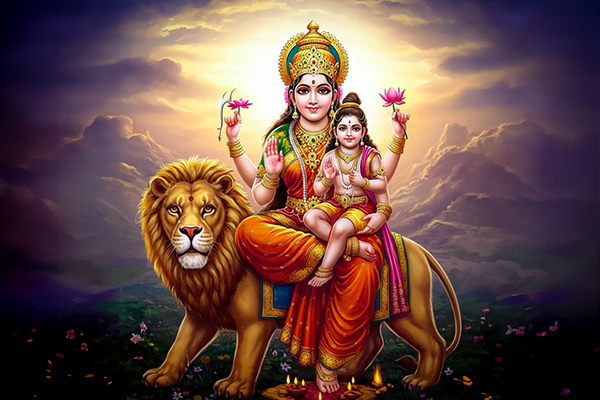
Skandamata Devi, the fifth form of Goddess Durga, is worshipped on the fifth day of Navratri with great devotion. She is the mother of Lord Kartikeya (Skanda), hence the name Skandamata, meaning “Mother of Skanda.” Known for her motherly love, purity, and compassion, Maa Skandamata blesses her devotees with wisdom, prosperity, and protection from negativity. Depicted seated on a lotus with her son in her lap, she is also called Padmasana Devi. Worshipping Goddess Skandamata on the 5th Navratri is believed to remove obstacles, calm the mind, and guide devotees toward salvation.
Skandamata Devi Puja 2025: Date, Tithi & Muhurat
The fifth day of Navratri, also known as Navratri Day 5, is dedicated to Goddess Skandamata. In Shardiya Navratri 2025, this auspicious day will be celebrated as follows:
Date: Saturday, 27th September 2025
Tithi: Panchami Tithi begins on 26th September 2025 at 10:23 PM and ends on 27th September 2025 at 8:19 PM
Muhurat for Skandamata Puja: The most auspicious time for Skandamata Puja Vidhi is during the day on 27th September 2025
On this day, devotees perform Maa Skandamata Puja, chant Skandamata mantra, and offer bhog of bananas or fruits. Worshipping the 5th day Navratri goddess is said to remove impurities of the mind and bless devotees with wisdom, prosperity, and peace.
Who is Skandamata Devi?
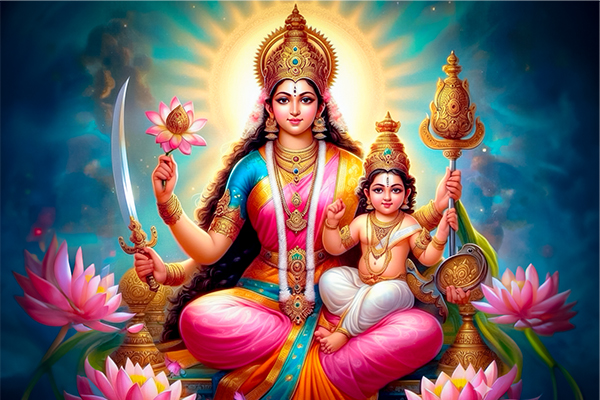
Skandamata Devi is the fifth form of Navadurga and is worshipped on the fifth day of Navratri. The name comes from “Skanda,” another name for Lord Kartikeya, and “Mata,” meaning mother- thus she is revered as the mother of Skanda. In Hindu scriptures, Maa Skandamata is described as the goddess of purity, power, and compassion.
According to the Skandamata story, when the demon Tarakasura created havoc, it was Lord Kartikeya (Skanda) who destroyed him, and Parvati, as his mother, was worshipped as Skandamata Maa. Her blessings are believed to give devotees strength, peace, and prosperity.
Goddess Skandamata is depicted seated on a lotus, which is why she is also called Padmasana Devi. She has four arms- in two hands she holds lotus flowers, in her lap she carries her divine child Lord Skanda, and her other hand blesses devotees. Her vehicle is a lion, symbolizing courage and righteousness.
Worshipping Skandamata Mata on the 5th day of Navratri is considered highly auspicious, as it is believed to lead devotees into the state of Vishuddha Chakra, symbolizing purity and higher consciousness.
Skandamata Devi Story
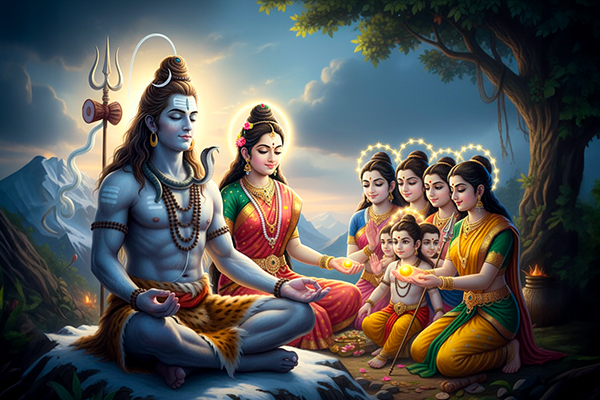
Maa Skandamata, the fifth form of Navadurga, is worshipped on the 5th day of Navratri. She is called Skandamata because she is the mother of Lord Skanda (Kartikeya), the commander-in-chief of the divine armies who killed the demon Tarakasura.
According to the Skandamata story, after Sati immolated herself at her father Daksha’s Yajna, Lord Shiva withdrew from worldly affairs and went into deep meditation. Meanwhile, the demon Tarakasura performed severe penance to Lord Brahma and asked for the boon of invincibility. Brahma denied immortality but granted that only Lord Shiva’s son could kill him. Since Shiva had no interest in marriage at the time, Tarakasura believed himself to be safe.
To restore balance, the gods prayed to Maa Parvati, the reincarnation of Sati, who performed intense penance to marry Lord Shiva. With her devotion and the intervention of the gods, Shiva eventually married Parvati. Their divine union produced a powerful seed that manifested as Kartikeya (Skanda), nurtured by the Krittikas. Kartikeya grew up to be a valiant warrior and finally killed the demon Tarakasura.
For this reason, Parvati is glorified as Skandamata Devi, the Navratri 5th day goddess, who embodies maternal love, purity, and courage. Worshippers believe that invoking Skandamata Mata on the fifth Navratri removes sorrows, purifies the mind, and brings wisdom, prosperity, and liberation.
Skandamata Mantra and Puja Vidhi
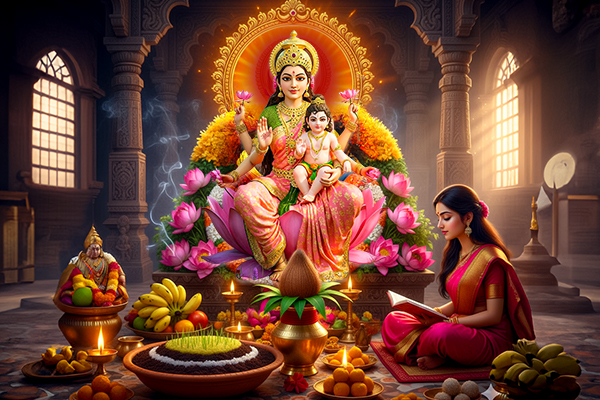
On the 5th day of Navratri, devotees worship Maa Skandamata with deep devotion. She is revered as the Navratri day 5 goddess, seated on a lotus with Skanda (Kartikeya) in her lap, holding lotus flowers, and showing blessings through her Abhaya Mudra.
Skandamata Puja Vidhi Step by Step
- Clean the puja area and set up an altar with an idol or image of Skandamata Mata.
- Place a shallow pan-like clay utensil as the base, add three layers of mud, and sow Sapta Dhanya/Navadhanya (seven or nine grains). Sprinkle water for growth.
- Establish a Kalash (holy pot) filled with Ganga Jal, Supari, coins, Akshat (turmeric rice), and Durva grass. Decorate with five mango leaves and place a coconut on top.
- Offer flowers (especially lotuses), fruits, sweets, and bhog items such as bananas or kheer, which are considered Skandamata bhog.
- Light a ghee lamp, burn incense, and chant the Skandamata mantras.
- Recite Durga Saptashati, perform aarti, and meditate upon the goddess.
- Conclude with distribution of prasad.
Skandamata Mantras
Chanting the following mantras invokes blessings, peace, and prosperity:
Skandmata Beej Mantra
Om Hreem Saha Skandmatryai Namah
Skandamata Jaap Mantra
Sinhasan Gata Nitayam Padmashrit Kardvaya |
Shubhdastu Sada Devi Skanda Mata Yashashvini ||
Om Devi Skandamatayai Namah
Skandamata Mantra Benefits
- Removes obstacles and negativity
- Grants wisdom, knowledge, and prosperity
- Fulfils wishes and brings peace of mind
- Provides spiritual growth and liberation
- Blesses devotees with strength and courage
Chanting Maa Skandamata mantra in Hindi or Skandamata mantra in English with faith brings divine blessings. The 5th day of Navratri mantra is considered especially powerful for protection, harmony, and moksha.
Significance of the 5th Day of Navratri – Skandamata Devi
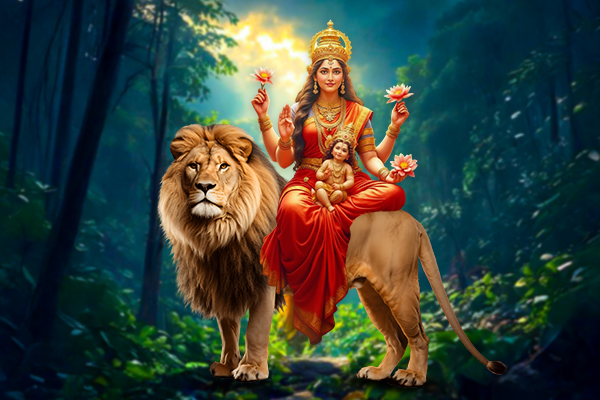
The fifth day of Navratri is dedicated to Goddess Skandamata, the compassionate mother of Lord Kartikeya (Skanda). Worshipping Maa Skandamata on this day symbolizes devotion, purity, and selfless motherhood. She is also known as Padmasana Devi, as she is seated on a lotus, radiating divine energy.
The significance of the 5th day of Navratri is immense, as devotees enter the Vishuddha Chakra (throat chakra), which represents purity, wisdom, and truth. By meditating on Skandmata Mata, worshippers are believed to achieve spiritual elevation, peace, and clarity of thought.
She blesses her devotees with knowledge, prosperity, and happiness while removing impurities and anxieties of life. The Navratri 5th day goddess guides seekers towards moksha (liberation), showering her unconditional grace upon all who worship with a pure heart.
Importance of Worshipping Skandamata
- Devotees receive the blessings of both Maa Skandmata and her son, Lord Skanda (Kartikeya).
- She fulfills desires and ensures peace and harmony in family life.
- Worship of Skandmata Devi destroys obstacles and brings boundless prosperity.
- By invoking her on the 5th Navratri, devotees are blessed with strength, wisdom, and the ability to overcome challenges.
Thus, the Navratri fifth day devi is revered as a divine mother who protects her children, removes sorrows, and grants eternal bliss.
Skandamata Katha
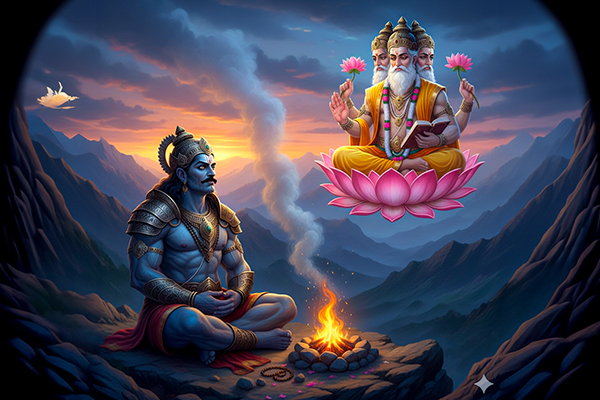
The Skandamata Katha tells the story of Maa Skandamata, the fifth form of Navdurga, worshipped on the 5th day of Navratri. She is the mother of Lord Kartikeya (Skanda), the commander of the celestial army, who defeated the demon Tarakasura.
After Maa Sati immolated herself, Lord Shiva withdrew from worldly life. At the same time, the demon Tarakasura performed penance and obtained a boon from Lord Brahma that he could only be killed by the son of Lord Shiva. Since Shiva was deep in meditation, the gods worried that Tarakasura could not be destroyed.
Lord Vishnu revealed that Parvati, the daughter of King Himavat, was the reincarnation of Sati and destined to marry Lord Shiva. After severe penance, Parvati married Shiva, and from their union, Kartikeya (Skanda) was born. Nurtured by six Krittikas, Kartikeya grew up to be a strong and valiant warrior.
Appointed as the commander of the gods, Skanda waged war against Tarakasura. After a long battle, Skanda killed the demon and restored peace in the universe. In honor of this, Goddess Parvati came to be worshipped as Skandamata Devi, the mother of Skanda.
The Skandamata ki katha signifies her boundless love and protective nature. By worshipping Devi Skandamata on the fifth day of Navratri, devotees not only please the goddess but also receive the combined blessings of Kartikeya.
Skandamata Mantras
Chanting the Skandamata mantras during the 5th day of Navratri helps devotees gain blessings of both Maa Skandamata and her son Lord Skanda (Kartikeya). These mantras remove obstacles, bring prosperity, and lead one toward spiritual growth.
Skandamata Beej Mantra
Om Hreem Saha Skandmatryai Namah ||
Meaning:
I bow to Goddess Skandamata, the mother of Lord Skanda, who bestows blessings of power, prosperity, and peace.
Benefits:
Regular chanting of this Skandmata beej mantra strengthens willpower, removes negativity, and ensures divine protection.
Skandamata Jaap Mantra
Sinhasan Gata Nitayam Padmashrit Kardvaya | Shubhdastu Sada Devi Skanda Mata Yashashvini ||
Meaning:
The radiant Devi Skandamata, seated on a lotus, blesses her devotees with purity and success.
Benefits:
This Skandamata jaap mantra promotes inner peace, calmness, and courage, while aligning devotees with higher spiritual consciousness.
Skandamata Devi Mantra in Hindi
ॐ ह्रीं सह स्कन्दमात्र्यै नमः॥
Meaning:
Salutations to Maa Skandamata, who grants wisdom, purity, and divine grace.
Benefits:
Chanting this Skandamata mantra in Hindi during Navratri day 5 puja removes hardships, grants harmony, and blesses the worshipper with the energy of Lord Skanda.
Skandmata Stuti
या देवी सर्वभूतेषु माँ स्कन्दमाता रूपेण संस्थिता। नमस्तस्यै नमस्तस्यै नमस्तस्यै नमो नमः॥
Meaning:
I bow again and again to the goddess who resides in all beings as Maa Skandamata.
Benefits:
This Skandmata stuti purifies the mind, removes sins, and brings both material and spiritual success.
By reciting the Skandmata mantra, Skandmata beej mantra, and Skandmata stuti, devotees experience the immense divine energy of the fifth Navratri devi, who is both compassionate and protective.
Rudra Centre’s Skandamata Puja Services
Skandamata Puja
A Maha Puja conducted with 11,000 chants of the Skandamata mantra, following Vedic rituals. Includes Kalash Sthapana, Yantra & Idol installation, Durga Saptashati recitation, Homa, Aarti, Pushpaanjali, plus Prasad, energized Rudraksha, Silver Tabeez & Durga Yantra.
Nav Durga Pujan
This comprehensive puja invokes all nine forms of Goddess Durga, including Maa Shailputri. Ideal for devotees seeking protection, prosperity, spiritual growth, and blessings throughout the nine days of Navratri.
Navratri Mahapuja
A grand ritual performed across all nine days of Navratri with mantra chanting, homa, and aarti. Special focus is given to the Pratham Navratri and Maa Shailputri to invoke stability, courage, and spiritual awakening in devotees’ lives.
Shree Navdurga Yantra
A powerful yantra representing all nine forms of Maa Durga, including Shailputri Mata. Keeping this yantra in your puja altar brings peace, protection, prosperity, and success, while also strengthening the Muladhara chakra.


-in-Astrology.jpg)
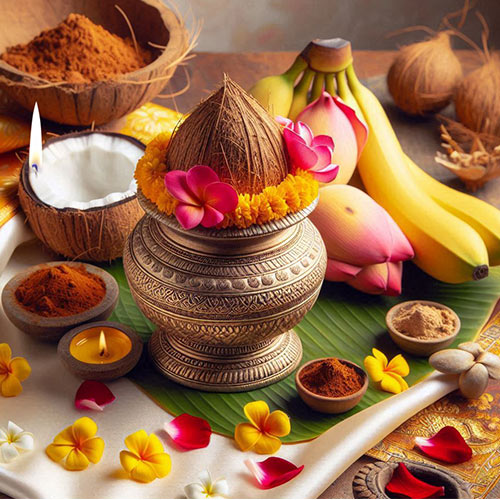
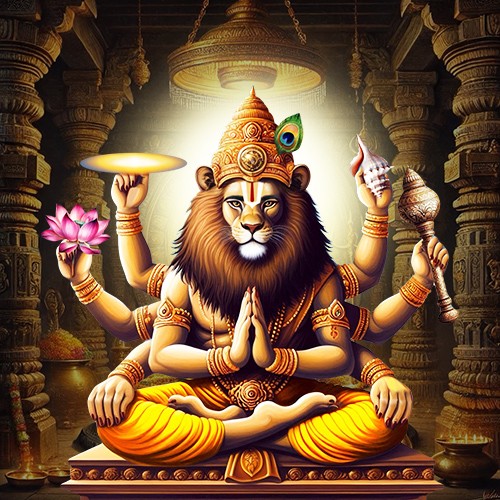
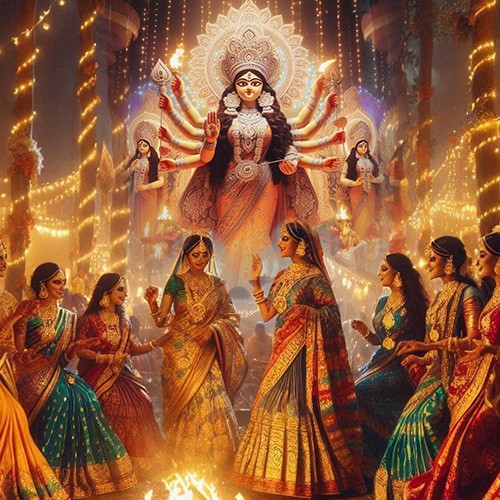
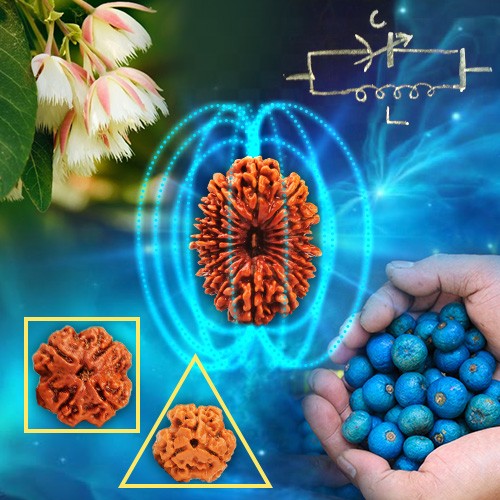

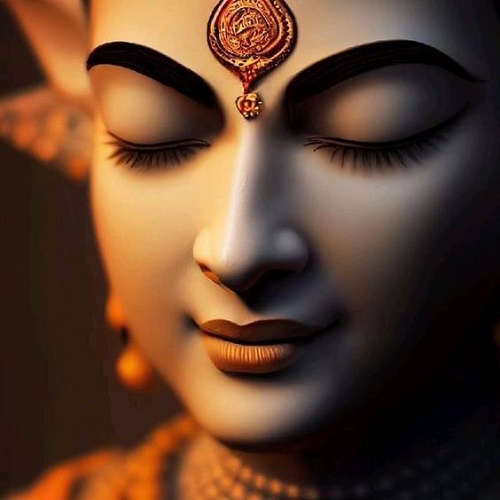
.jpg)
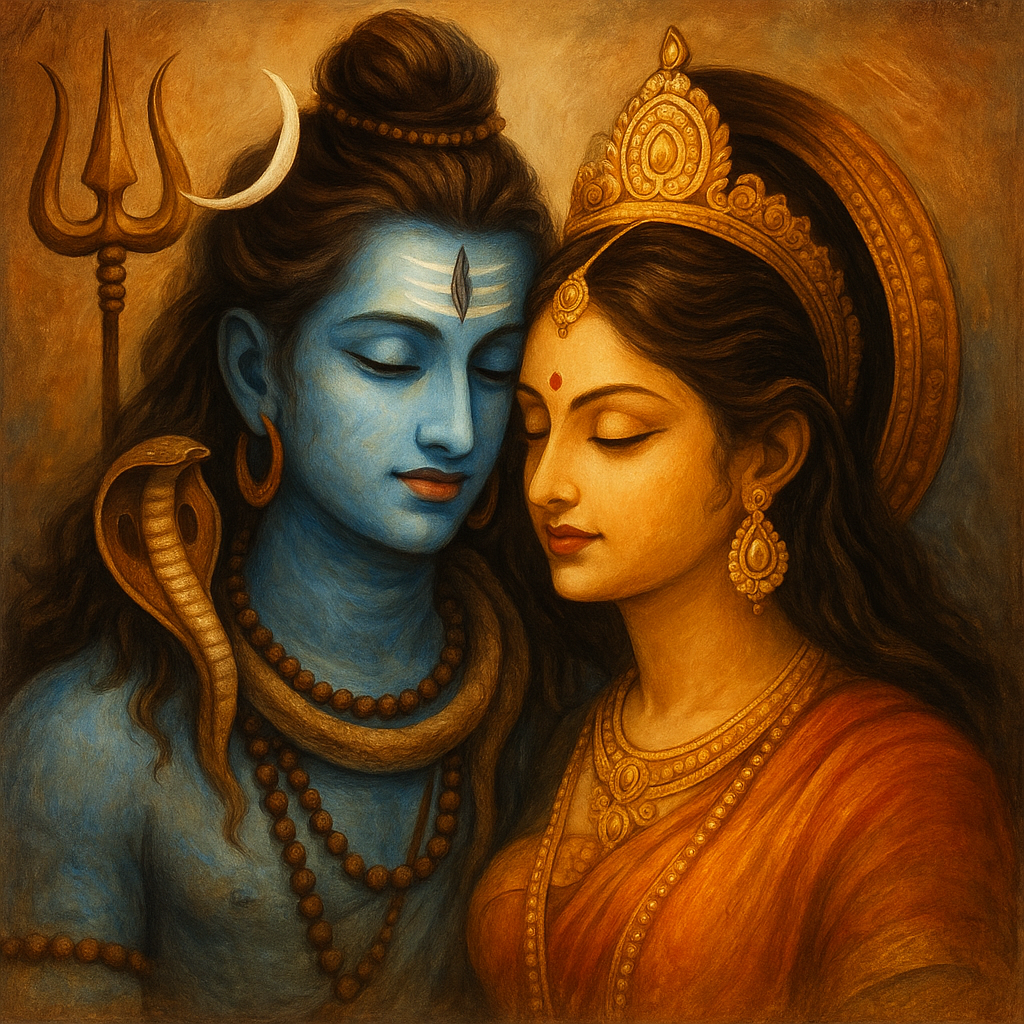
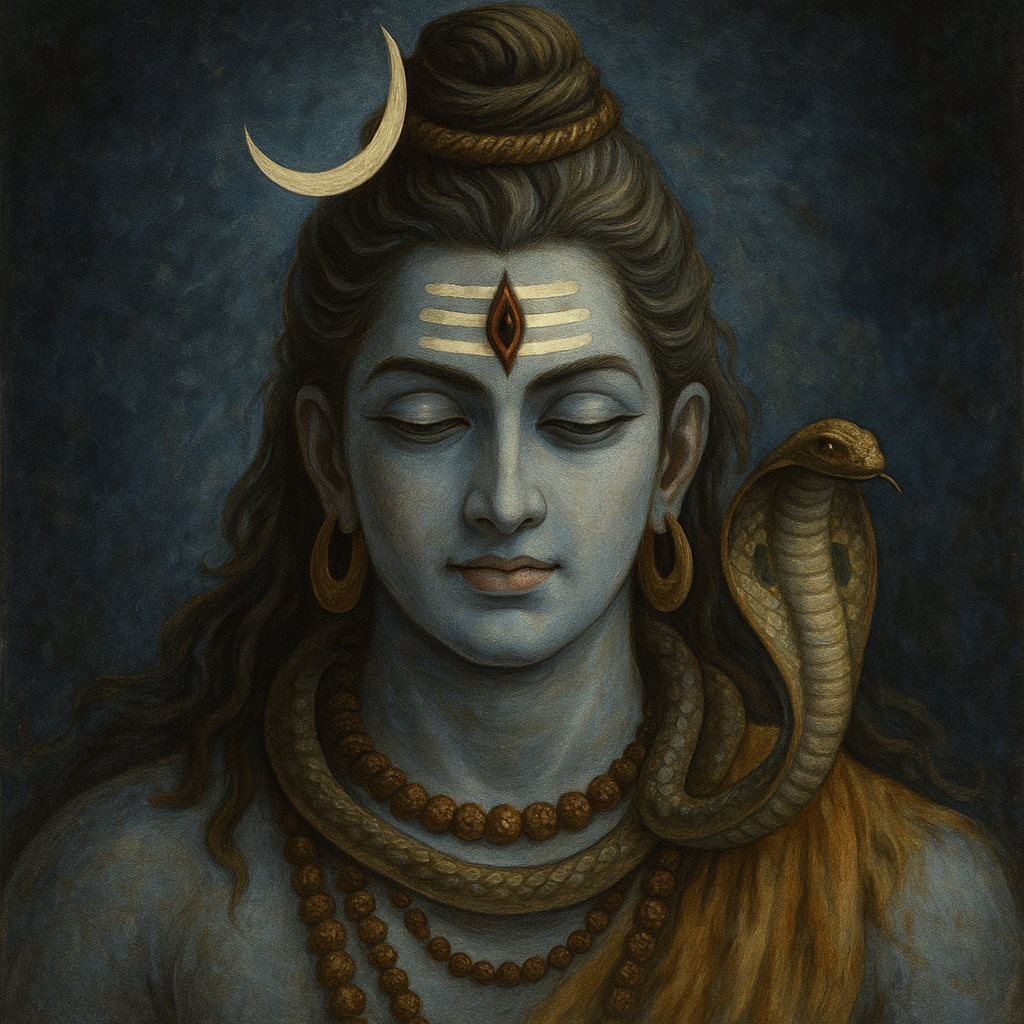
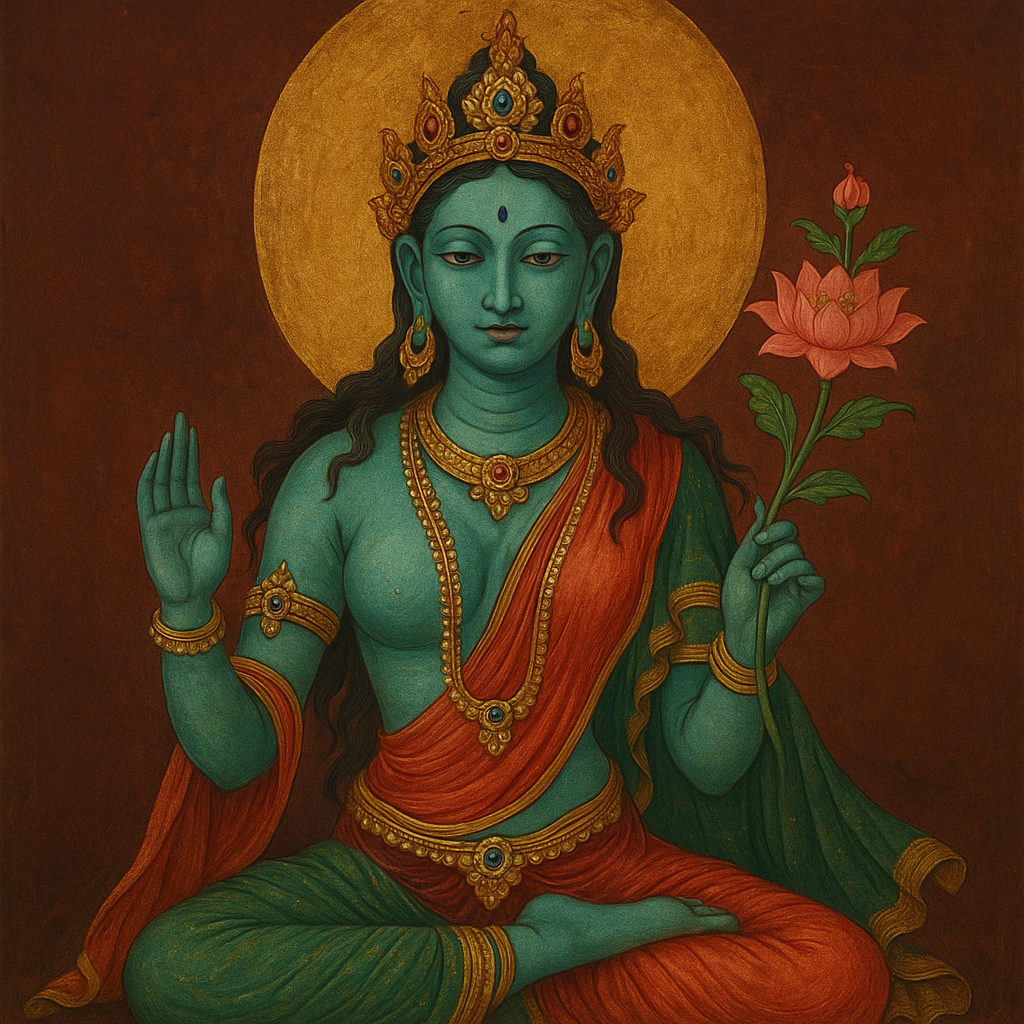
Comments 0
Leave your thought here